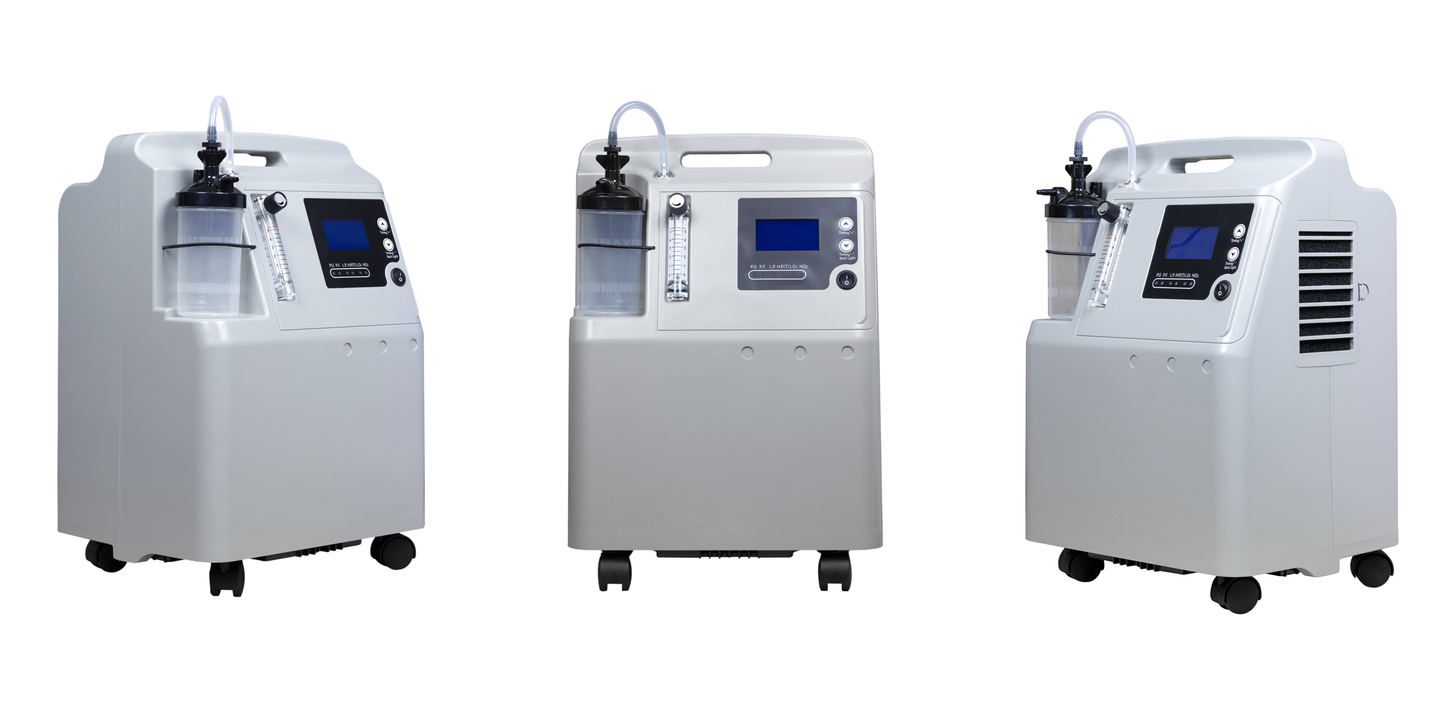Oxygen concentrators are medical devices designed to deliver oxygen to individuals who have low oxygen levels in their blood. They are considered safer, easy to use, and inexpensive compared to traditional oxygen cylinders. This comprehensive guide will delve into the workings of oxygen concentrators, their benefits, and how they can improve the quality of life for individuals with respiratory conditions. If you start searching the options below, you can find the best deals for you.
Understanding Oxygen Concentrators
Oxygen concentrators are medical devices that assist individuals who require a higher concentration of oxygen than available in the ambient air. They work by drawing in air from the environment, compressing it, and then removing nitrogen to provide oxygen-rich air. The oxygen is then delivered to the patient via a nasal cannula or mask.
The device is designed to supply a continuous stream of oxygen, making it an essential tool for those with chronic lung conditions. It can be used in both hospital settings and at home, providing flexibility and independence for the user.
Types of Oxygen Concentrators
There are two main types of oxygen concentrators: stationary and portable. Stationary concentrators are larger and designed for home use. They can deliver a continuous flow of oxygen and are typically plugged into an electrical outlet.
Portable oxygen concentrators, on the other hand, are smaller, lightweight, and designed for individuals who lead an active lifestyle. They can be powered by rechargeable batteries, DC power from a vehicle, or AC power from a wall outlet, providing the user with the freedom to travel and carry out daily activities without hindrance.
How Oxygen Concentrators Work
Oxygen concentrators operate on a simple principle: they take in air from the environment, filter out the nitrogen, and deliver oxygen-enriched air to the user. The process involves several steps, which are detailed below.
Intake of Air
The oxygen concentrator begins its process by taking in air from the environment. This air, which is a mixture of 78% nitrogen and 21% oxygen, is drawn into the device through an inlet.
Compression of Air
Once the air is drawn in, it is compressed to concentrate the oxygen. This process also removes dust and other particles to ensure the air is clean.
Nitrogen Removal
The compressed air is then passed through a filter or sieve bed that absorbs the nitrogen, leaving behind oxygen-rich air. This process is based on a principle called Pressure Swing Adsorption (PSA).
Delivery of Oxygen
The oxygen is then delivered to the patient through a mask or nasal cannula. The oxygen concentrator can adjust the flow rate of oxygen to meet the specific needs of the patient.
Benefits of Oxygen Concentrators
Oxygen concentrators offer numerous benefits, making them a preferred choice for oxygen therapy over traditional oxygen cylinders. Here are some of the key benefits:
Continuous Supply of Oxygen
Oxygen concentrators provide a continuous supply of oxygen, eliminating the need for frequent refills like traditional oxygen tanks. This makes them particularly beneficial for individuals who require long-term oxygen therapy.
Cost-Effective
While the upfront cost of an oxygen concentrator can be higher than an oxygen cylinder, the long-term costs are significantly lower. Since concentrators do not require refilling, the cost of oxygen over time is substantially reduced.
Portable and Convenient
Portable oxygen concentrators allow users to maintain their mobility and independence. They are compact, lightweight, and can be carried around easily, making them ideal for travel and daily activities.
Safe
Oxygen concentrators are generally safer than oxygen cylinders. They produce oxygen on demand, reducing the risk of an oxygen-rich environment that can lead to fires. Furthermore, they eliminate the risk of an oxygen tank rupture, which can be dangerous.
Oxygen concentrators are a vital tool for individuals who require supplemental oxygen. Understanding how they work and their benefits can help users make an informed decision about their oxygen therapy. With their ability to provide a continuous supply of oxygen, cost-effectiveness, portability, and safety, oxygen concentrators offer a practical and efficient solution for managing respiratory conditions.
















